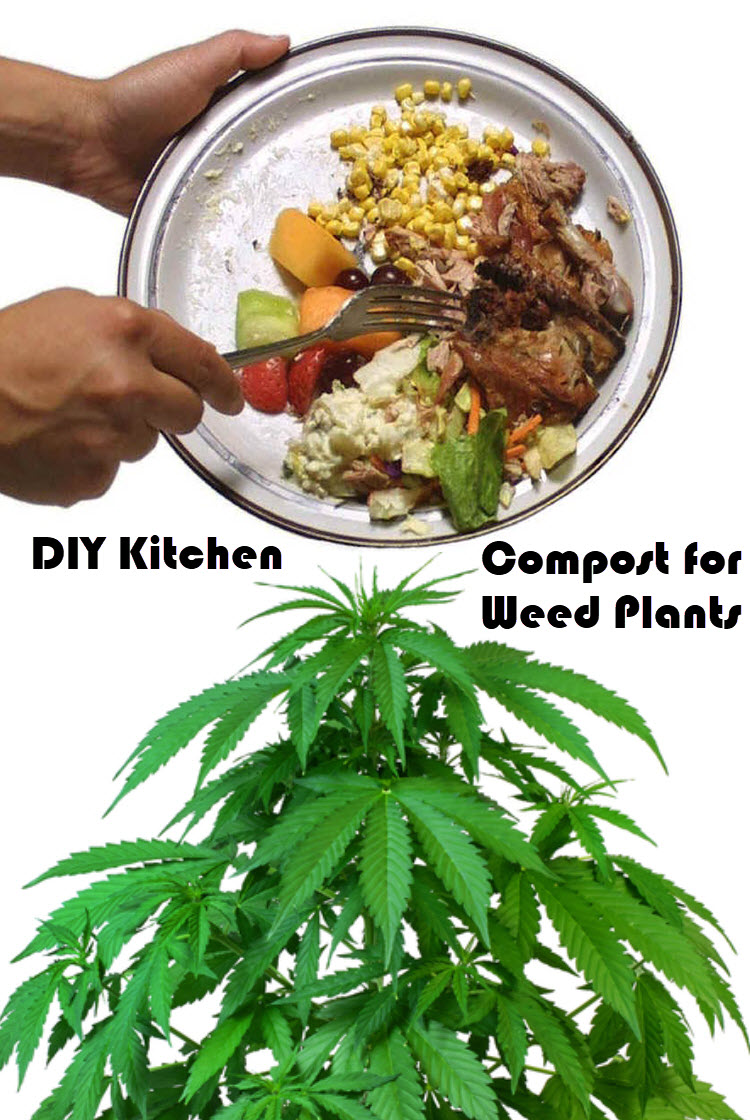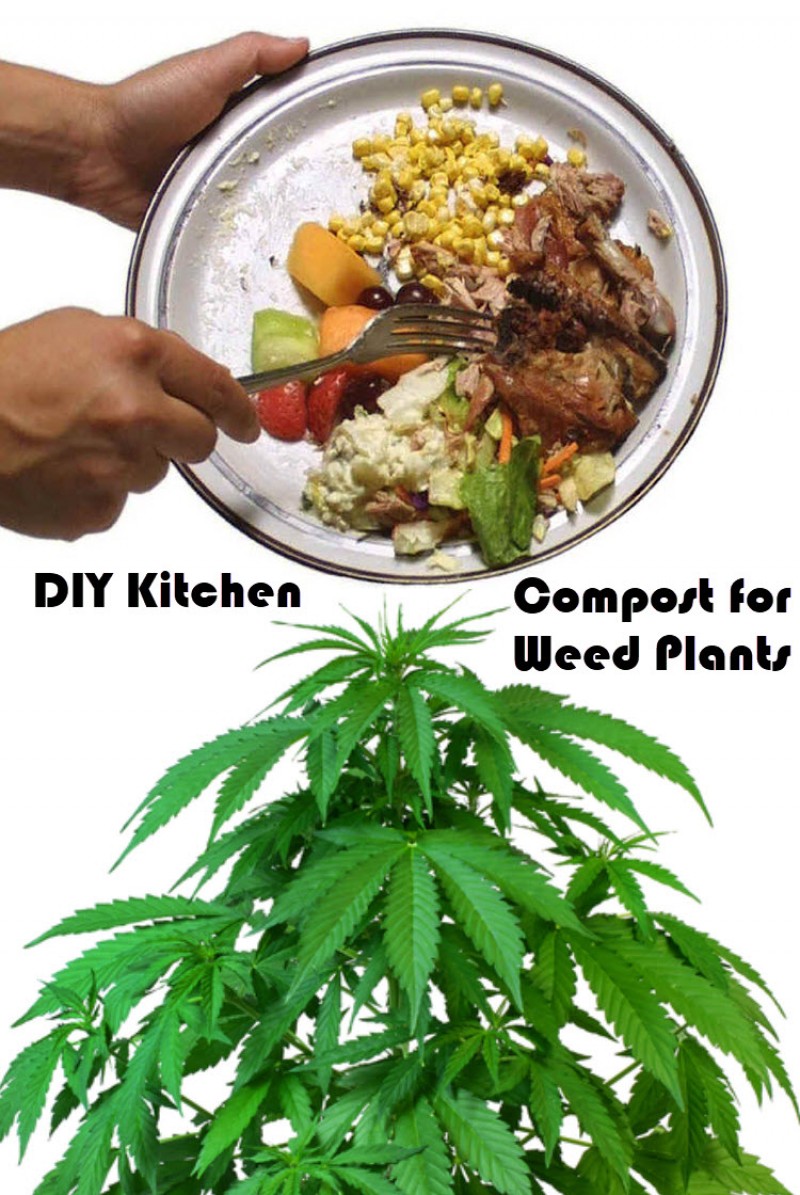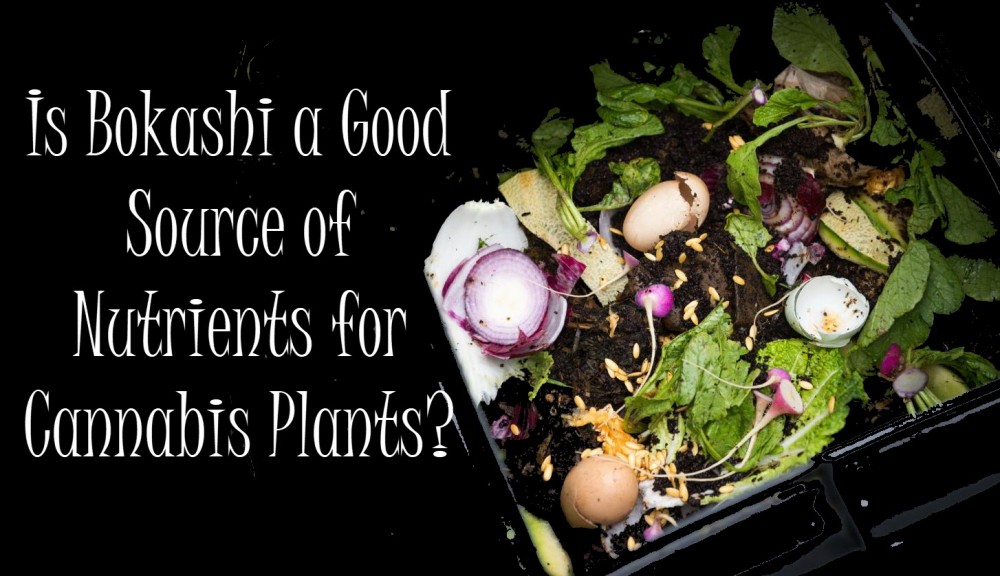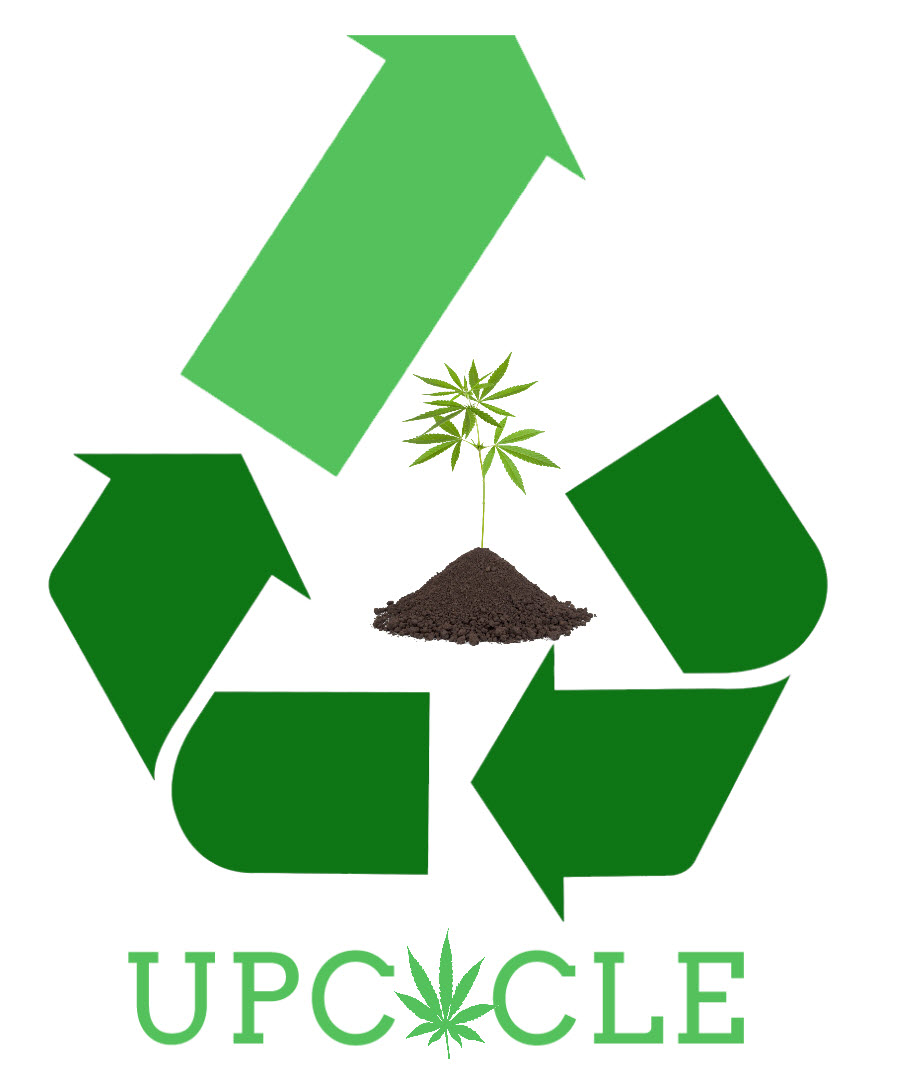How to Make a DIY Kitchen Compost for your Cannabis Plants!

One of my goals in life is to become as self-reliant as possible, in that – at one point or time, I can generate everything I need in my living space. This includes things like growing my own food and medicine, generating my own power, recycling water – you name it.
In order to become more self-reliant, one of the things that a grower must consider is creating a compost. Composting – or “Black gold” according to gardeners – is the process of taking your food scraps and capturing it in a container or area. By applying heat, the scraps get broken down and returned to the soil. The compost is rich in nutrients like Potassium, Phosphorous and Nitrogen.
Today we’ll be taking a look at a compost recipe that would be great for growing cannabis as well as a system you can implement today to start composting for your cannabis grows.
Understanding Composting Basics
You may have heard some things about composting like, “it stinks” and “it’s really difficult” and “could be flammable”. And while all of these things are true – if you understand the basics of composting, you would be able to avoid the vast majority of these issues.
In fact – with a little behavior modification, you can incorporate composting into your cooking-regime, allowing you to upcycle nutrients in your food for nutrients for your plants.
For starters, let’s address the “stink factor”.
In most cases when a compost starts “stinking” is due to animal fats and animal products being chucked into the mix. While it’s possible to compost with certain animal products – the stink level is definitely a factor. Additionally – not having the right ratio of “wet and dry’s” [I’ll explain later].
Conversely – if you maintain your compost strictly plant-based, you won’t be producing those nasty smelling enzymes coming from decomposing animal products. Thus, for the sake of smell – limit your composting bin solely to vegetable products – preferably raw.
In order to effectively compost – you’ll want some humidity and heat but you don’t want the mix to be wet and cooking. Some people say that a good compost should be “sponge like”.
Nonetheless – what you’ll want to do is have an area dedicated for composting, preferably that can get some sun. Most people simply make a bed outside in their yards, place some browned leaves on the bottom, and then soil, and then the food scraps. This is all covered by a black plastic tarp to trap the heat.
Every now and then, you mix the contents around just to help with the decomposition. It’s really that simple.
Now don’t worry if you don’t have a big backyard – I’m going to show you a very simple way to do composting in limited space.
DIY Composting Bucket
In order to make your own composting bin at home you’ll need the following;
A bucket or container w/lid
A drill
Drys [Paper towels, newspaper, cardboard etc.]
Wets [Vegetables, Fruits]
If you want a step by step tutorial – check this video.
If you want the quick rundown – keep on reading.
Step 1: Drill holes in the lid and the bucket. You need many holes to allow oxygen to flow. If you don’t have enough holes, the necessary bacteria won’t be able to compost fast enough.
Step 2: Layer some Dry’s at the bottom. You’ll want more Dry’s than Wet’s in the mix. A 2:1 ratio or twice as many Dry’s vs Wet’s should do.
Step 3: Continue layering the bucket or container until full. When covering the lid, don’t snap it shut, let there be a decent space for air.
The process should take you between 6-8 weeks to produce compost this way. There are plenty of videos on Youtube, I highly recommend you check them out first.
The Cannabis Compost Recipe
Now – let’s make the compost specifically good for your cannabis plants. We know that cannabis loves nitrogen. To make our compost be nitrogen rich, you can effectively compost all of the following:
Beets
Broccoli
Cabbage
Cauliflower
Spinach
Brussels Sprouts
Beans
Leafy greens
Coffee Grinds
However, in order to make a good compost – you’ll want to balance it out with other nutrients such as potassium. For potassium;
Potatoes
Bananas
Oranges
Cantaloupe
Apricots
Raisins
Grapefruit
And for Phosphorous we’ll be composting:
Beans
Chickpeas
Cooked Lentils
Sunflower seeds without shell
Of course – there are plenty of other foods with nitrogen, potassium and phosphorous to choose from, the idea here is to have slightly more nitrogen-rich foods in the mix.
One Seasoned cannabis grower on Twitter had this to say;
Not all compost is created equal. If of animal origins there is, of course, a difference between that from 🐴 or 🐔. Leaf litter, or fruit composts vary by leaf and fruit.
— Breeder Steve (@breeder_steve) July 26, 2020
Kitchen compost is very diverse, potato skins, banana peels, aloe leaf skin, carrot tops, broc stalk, etc.
Canna-Compost for your plants!
If you are growing your own weed it only makes sense to make your own compost as well. I hope that this article inspired you to upcycle your nutrients and feed it to your cannabis plants.
MAKE USE OF THE WHOLE PLANT, READ MORE...
IS BOKASHI GOOD FOR CANNABIS PLANTS, READ THIS!
OR..
HOW DO YOU UPCYCLE YOUR CANNABIS PLANTS? READ HERE.







